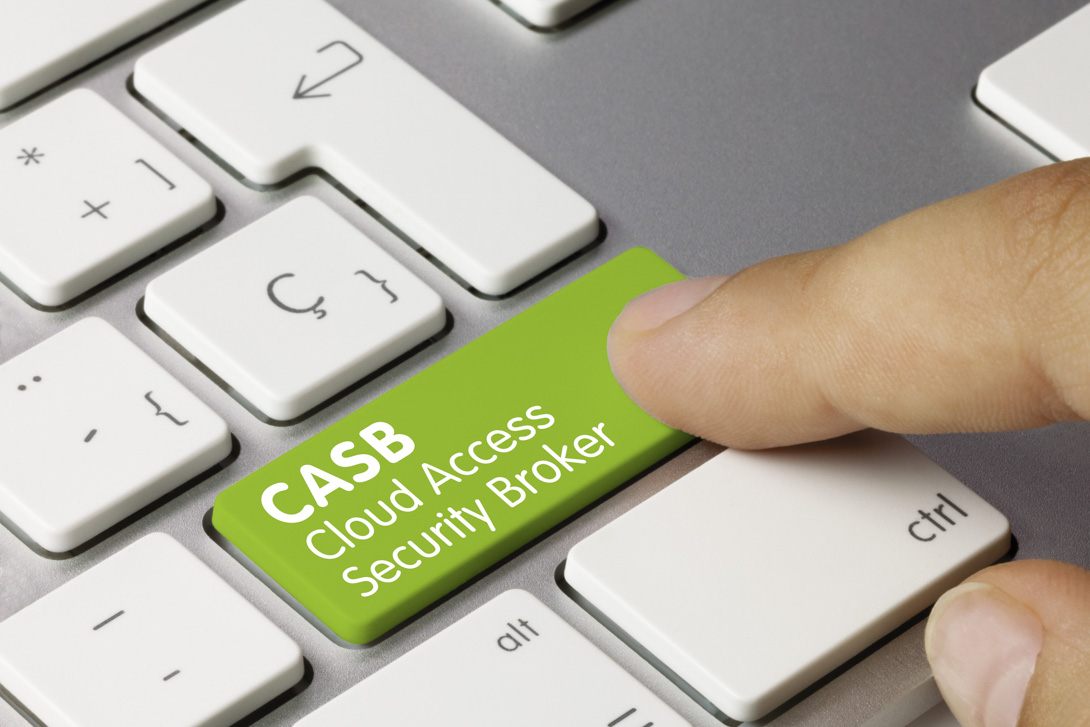Is CASB Alone Enough?
The deliverance of network security services has changed with the introduction of the cloud and the demand for user mobility. The trend of the fast adoption of Software as a Service (SaaS) in organizations has resulted in a sort of risk as well as access patterns. In the previous time, CASB was the sole selection; however, the introduction of SASE platforms has presented a challenge to this traditional dominance. At this time, one most popular question is that Is CASB Alone Enough?
With SaaS Adoption, Security Risks Are Introduced
With each benefit the SaaS provides to a company, employee, and customer; it also comes with a series of negatives. Let’s look at some of the pros and cons of SaaS adoption.
Pros
- Fast Implementation: SaaS apps are quick and easy to install and configure. When combined with the cloud, SaaS apps can be accessed by all users.
- Easy Maintenance: SaaS vendors have the responsibility of upgrading these apps, taking pressure off your IT team.
- Scalable: Irrespective of the size of your organization, SaaS apps can be accessed by remote users from any location.
Cons
- Any cloud service can be accessed by a person having a credit card since these are set up without IT and security supervision.
- SaaS vendors keep updating the cloud apps. But IT and security departments find it difficult to keep tabs on risks and configurations.
- A large number of tier-1 SaaS apps are infinitely scalable. Its downside is that in your company, there will be growth in unsanctioned apps that will be billed to you.
- Insight can be lost about the users who are accessing and using the SaaS apps. Also, the progression of the concept of “Bring Your Device (BYOD)” results in a data breach, as end-users lack awareness.
So Is CASB Alone Enough?
Based on the above comments, it is clear that the answer to the question – “Is CASB Alone Enough?” is “NO!” CASB technology used to secure SaaS applications implements a standalone proxy that has restricted inline inspection capabilities. This technology is also used for API-based control, however, it has a restricted set of ties to contextual policies based on which a specific device or user can access that specific data. Although, it cannot be ignored that CASB implementation has various shortcomings that have caused many enterprises to struggle to get off the ground.
Secure SaaS Needs SASE!
A SASE solution is compulsory if you want to secure SaaS and Digital Businesses. If you try to meet the cloud security challenges using only the point solutions then it automatically decreases the risk clarity via an increment in operational complexity. The implementation of the SASE solution not only simplifies security and networking but also replaces traditional point products. This is a single cloud-based infrastructure that includes proxies, firewalls, remote access VPNs, secure web gateways, and others. Hence, you get simplified management, higher visibility, and near-complete risk understandability that spans throughout the international network.
For effective cloud security solutions, turn to CloudCodes

